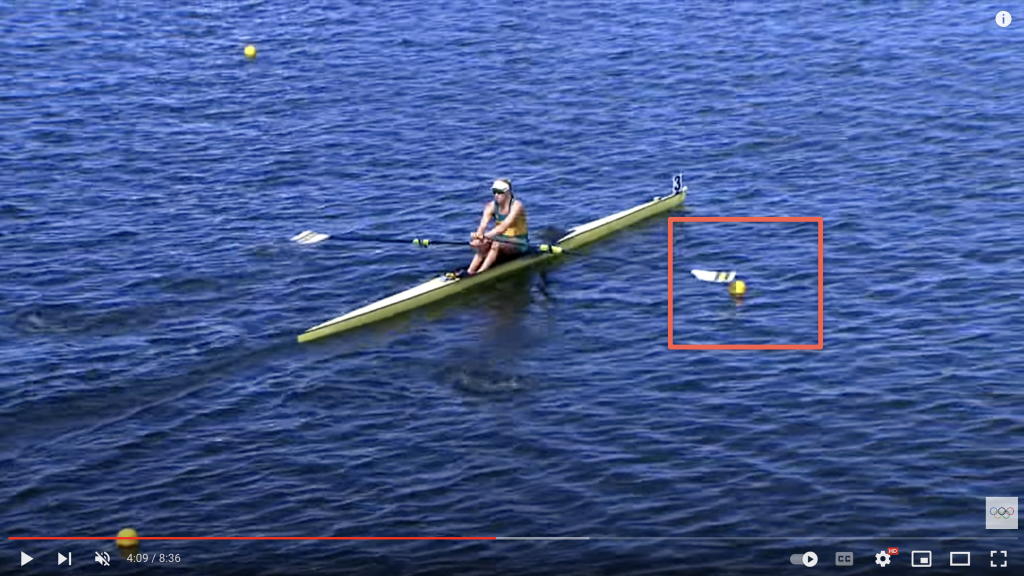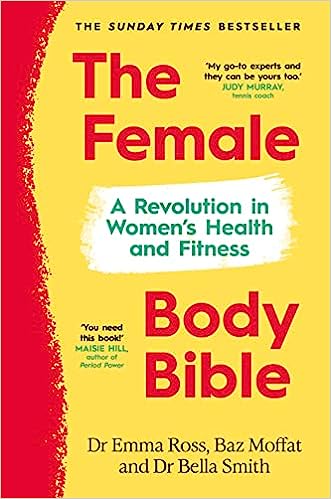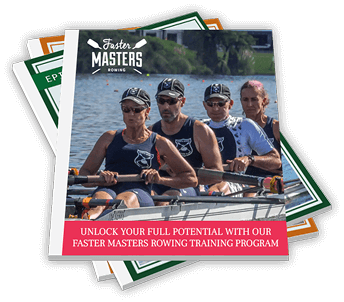Racing is happening - do you need to improve your steering before the big day?
Timestamps
01:30 Steering a buoyed course - there are hazards you must overcome.
Kim Brennan's Rio Olympics final - she gets moved by wind and her oar goes over the buoy line. It could have cost her the gold medal.

04:15 Notice you are off course You have to be able to go straight off the start - practice not steering during the start.
Know how to manage wind. Invent a way to practice this at your home waters. Practice lining up with other crews as well - part of the jeopardy of starts is you don't know what other crews will do. Is it you who are off course?
Train your consciousness to notice - watch your stern and the wake ripples, watch the parallel lines of the buoys. Use your peripheral vision to judge your course.
07:00 Whose job is it to notice? Stroke is the person who can judge alignment best.
Gradual steering
08:00 Steer gradually is usually best.
If another crew is coming into my lane, Rebecca tries to hold her course. This takes confidence in your ability. Don't steer away from them. If they overlap with you concentrate on getting your oar in and out without clashing. Make it clear to the umpire / referee that you aren't at fault.
09:00 If you are doing the calls - warn your crew.
Let them know something is happening, don't look around, just do it. "Feather high" or "Pressure port". Tell them when you are through the hazard and want them to row even pressure by calling "Even" or "Straight".
11:15 Bow can also steer with pressure without telling the crew to join in.
Pressure steering can enable the crew to keep rhythm and length much better.
Support our podcast - if you find ONE useful thing on this podcast, support us monthly. Donations start from $1. https://fastermastersrowing.com/podcast
12:30 Toe steering to correct course
How to correct using toe steering - first correct back till you are in the middle of your lane, then correct back the other way to get the boat straight in the lane. That often affects inexperienced steerers.
Watch the video to see the pen demonstration.
Practice steering off a point on your home course if you can. Travel to a buoyed course to practice.
Rebecca uses the call "straighten up" - note that the 3 seat is well placed to judge when the boat is in the middle of the lane.
The boat pivots around the mid point of the hull, not under where stroke sits. Start the correction before you get to half way across the lane.
16:00 Risks from poor steering
If you impede another crew you risk disqualification. Know what flags the referee / umpire holds and what they mean. When the stroke didn't tell cox what a red flag meant... we got DQed.
Equipment damage or breakage or lose an oar if you hit a buoy. Rowing a greater distance if you don't go straight. It adds distance and time to your race.
18:30 your crew can lose rhythm & length- they end up concentrating on the wrong things as they focus on the steering not working hard. It's a huge distraction.
20:00 Benefits of learning.
It is a worthwhile skill to learn. You will be a desirable person in every crew if you can steer. It's a bigger risk having an inexperienced person steering. Borrowed boats aren't necessarily set up right. Check the fin is straight. And check the rigging. Button/collars can slip on the oar.
22:30 New book - the Female Body Bible by Baz Moffat, Dr Bella Smith (the Well HQ).


